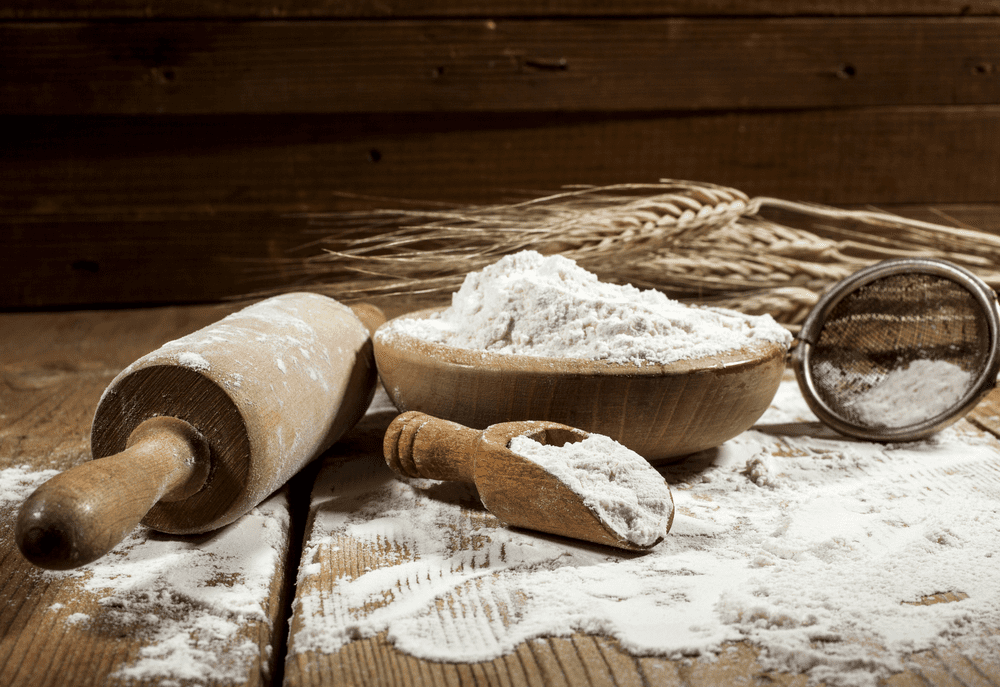Does your recipe call for cake flour? While standing in the grocery aisle, or your own kitchen, seeing an unfamiliar ingredient can be daunting. What is cake flour and when do you use it?
Obviously, it’s perfect for making certain delicious cake recipes, but there’s a lot more to this form of wheat flour.
So What Is Cake Flour Anyway?
Cake flour is a fine-milled flour milled from soft wheat. Milling is grinding a grain, in this case, wheat, to a fine powder to form flour.
It contains less protein than other flours. This means its gluten content is also less than other flours. Cake flour doesn’t have a leavening (raising) agent, nor does it contain salt.
Cake flour contains approximately 5-8% protein while all-purpose flour contains approximately 10-13% protein by comparison. Gluten is the protein, it binds the mixture together.
If you want sticky or dense baked goods, like bread or soft pretzels, more protein in your dough is great. If you want a light and fluffy texture in your baked goods, like cake (need tips to decorate your cake? Click here!), less protein is what you want.
It is the perfect choice for light, fluffy cakes!
Cake Flour: The Basics
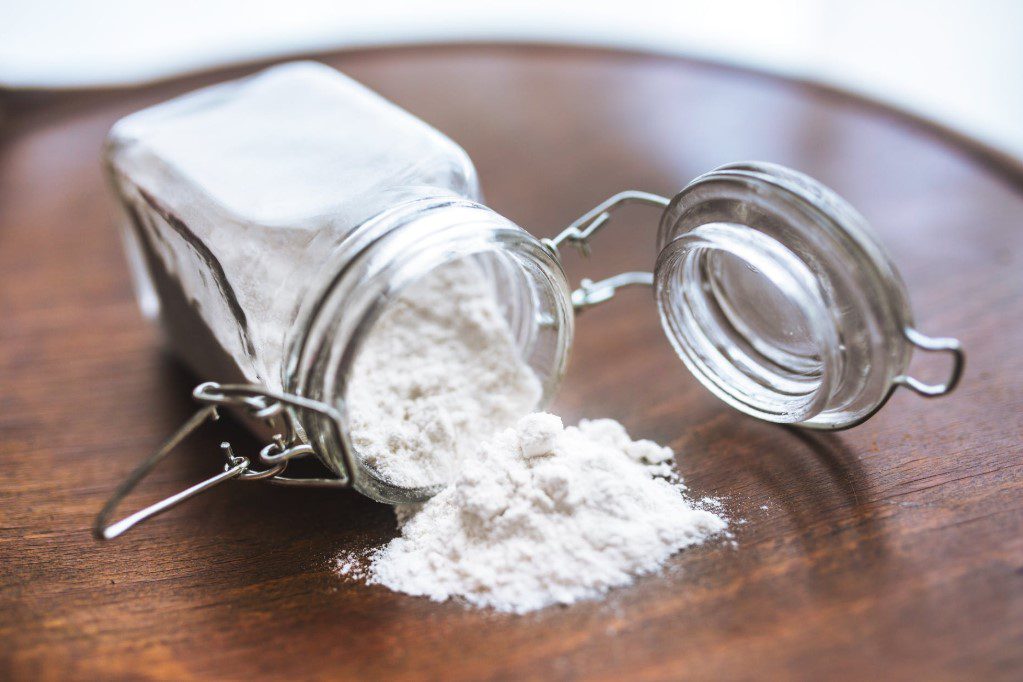
Now that we know what cake flour is, let’s explore some more about this unique baking ingredient. It can also be called extra fine flour or super-fine flour because it is milled more finely than other flours.
When you mill wheat to this fine texture, it allows it to absorb more liquid than other flour. This also means that the resulting cake will be softer and more tender.
When using all-purpose flour, your cakes will have more of an open crumb. That means there may be bigger air pockets within the cake.
Cakes made with all-purpose flour tend to be denser than those made with cake flour. Cakes made with cake flour have a tighter crumb and are light in texture.
When Do I Use Cake Flour?
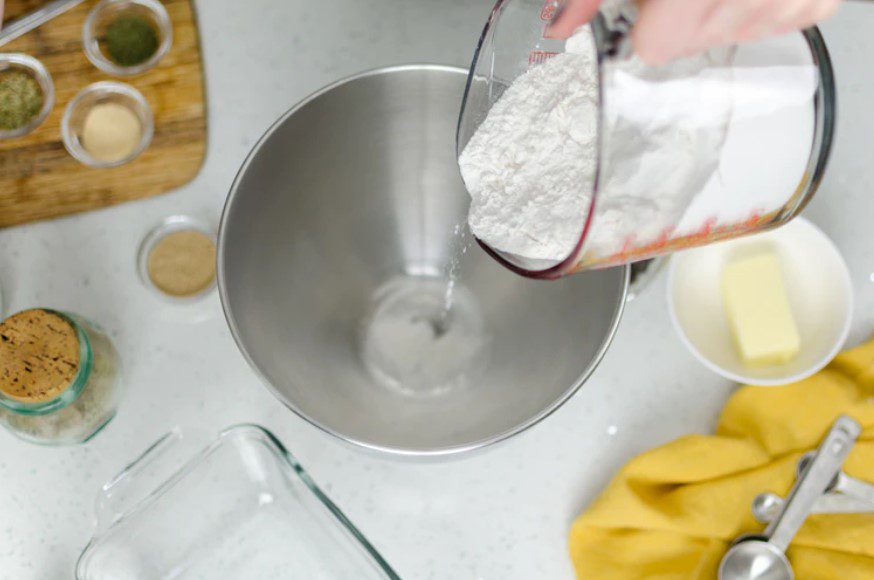
Use it when you want to make a more delicate, taller, or fluffier cake. The fine milling not only allows more liquid absorption, it also allows cakes to raise more.
This is true because the fats added to the batter (butter or oil, for example) are evenly distributed in the batter.
It’s perfect for cakes that are especially delicate, such as angel food or chiffon cake.
Remember, baking is a science! Substituting it in recipes that call for all-purpose flour may not yield the expected results.
It is better to use all-purpose flour in recipes such as bread and soft pretzels, as those recipes generally require a flour with a higher protein content. The same goes for your pizza dough and rolls—you should stick with the all-purpose flour in these recipes to make sure that they turn out the best they can be.
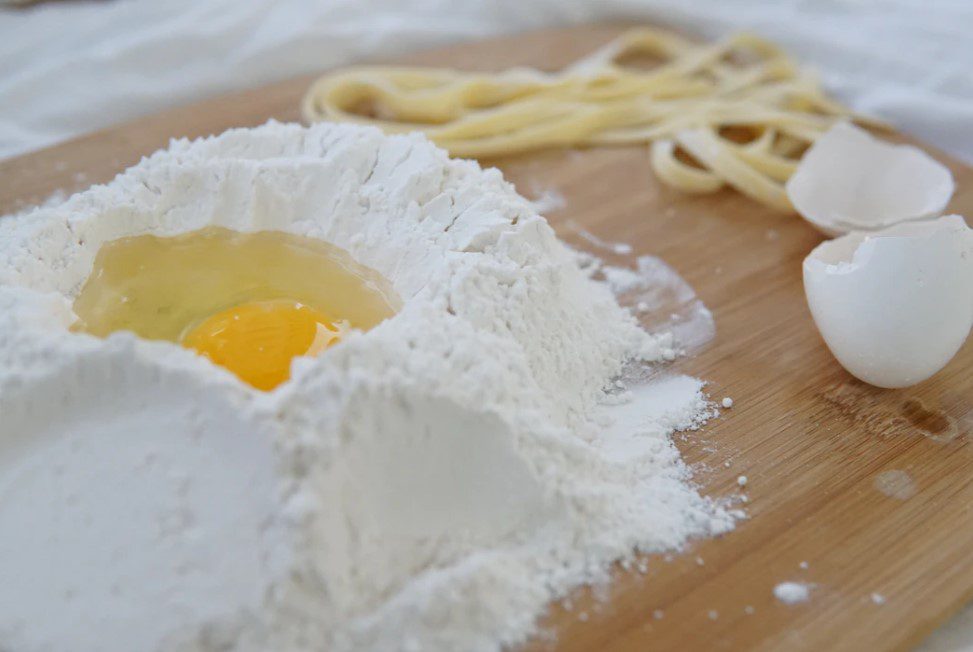
However, it’s useful in some other baking. An internet search yields recipes for biscuits, pancakes, and quick breads that use it. Just remember that it is best to follow a recipe that calls for cake flour to produce the best results.
Because cake flour absorbs more liquid than all-purpose flour, recipes which call for it must account for this and adjust liquid measurements accordingly.
Where Do I Find Cake Flour?
Cake flour is in stock at your local grocery store or your favorite online retailer. Some common brands include Bob’s Red Mill, King Arthur, Softasilk, and Swans Down.
How Do I Make Cake Flour?
You want to make it yourself? That’s completely possible. If you live in the United States, cake flour is generally easy to come by. In Europe or Australia, finding it may be a bit trickier.
Some manufacturers bleach it, and bleached flour isn’t available for sale in some countries. Some brands, like Bob’s Red Mill and King Arthur, remain unbleached so that may be an option for those living in areas where flour is regulated.
If you cannot purchase it in your area or just can’t get to the store to get it, no worries. You can make a cake flour substitute at home.
A Recipe to Make Your Own Cake Flour
What you need to gather up for this recipe:
- All-purpose flour
- Cornstarch (also called corn flour in some countries, but not the same as cornmeal)
- A sifter (a whisk can also be used in a pinch, but a sifter is better)
- 2 small bowls
- 1 cup measuring cup
- A tablespoon
- Measure out one cup of all-purpose flour*
- Remove two tablespoons of flour from the one cup you measured
- Add two tablespoons of cornstarch to the flour
- Using a sifter, sift the mixture five times to combine the mixture thoroughly**
- Use this mixture in your cake recipes and enjoy!
*Note that when measuring flour you should gently scoop it into your measuring cup and level it off. Really packing it in there is not a good idea!
**You can use the second bowl to capture any mixture that escapes as you pour the first bowl into the sifter.
Is Cake Flour Gluten-Free?
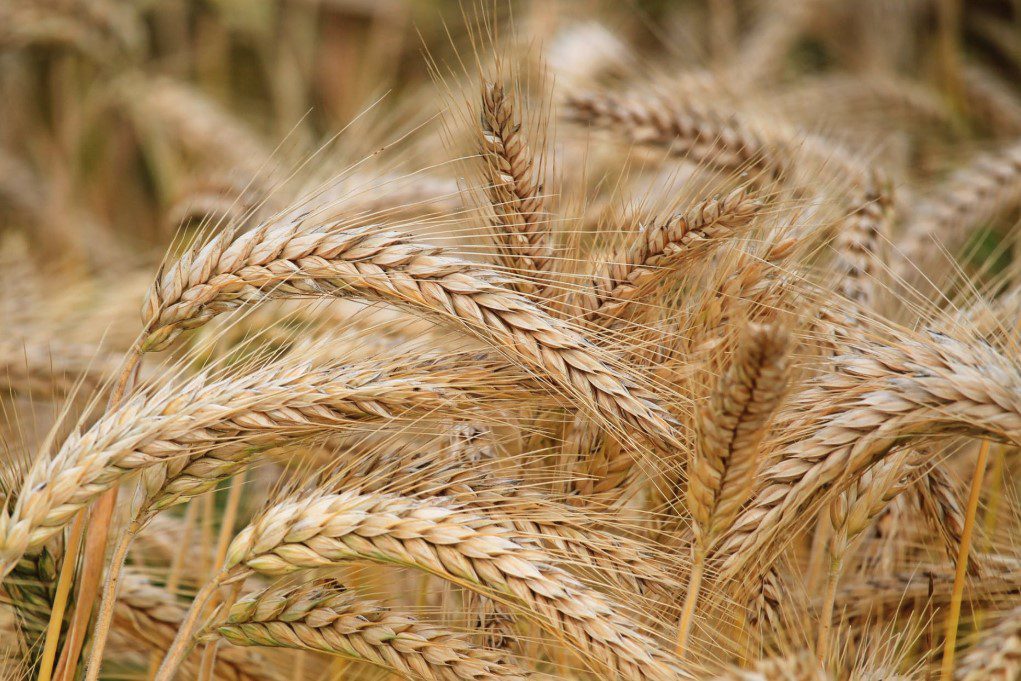
Is cake flour gluten-free? No. While adding the cornstarch lowers the protein content of the all-purpose flour, cake flour is not gluten-free because the all-purpose flour that remains in the mixture is still wheat, which contains gluten.
The same goes for storebought flours—it still contains the protein that produces gluten. Although it does have less protein than all-purpose flour, it is not gluten-free. Purchasing a gluten-free flour blend is still essential for people with gluten intolerances.
What Are the Other Types of Flours?
What are all those other types of flour? When might you use these other types of flours?
All-Purpose Flour
Most people have this staple in their pantry already. It works in almost any baking recipe (hence the name). It is milled from hard winter wheat. It contains 10 to 12% protein.
Bread Flour
This flour is made for bread recipes, milled from hard spring wheat. It contains 14 to 16% protein. The protein is what allows the bread to hold its structure. Don’t use this in your cake recipes.
Pastry Flour
This flour is a combination of all-purpose and cake flour. This flour may not be in your local grocery store. If you find it, it can also be used in recipes that call for either cake or all-purpose. It contains 8 to 9% protein.
Self Rising Flour
Self-rising flour has a leavening (or raising) agent already added to it. A leavening agent is what allows the batter or dough to rise by forming a foaming reaction, which leads to a lightening and softening of the batter or dough. Self-rising flour may also contain added salt. Many people use this flour in their biscuit recipes. It contains 8.5% protein.
Whole Wheat Flour
Whole wheat flour is milled from the entire wheat grain. It has a high protein content compared to the other flours discussed here. It contains about 13% protein. Don’t use this in your cake recipes.
The Bottom Line

Cake flour is great to use in more delicate baked goods such as cakes, biscuits, and quick breads. It is not good to use in recipes for traditional breads, rolls, soft pretzels, or other heavier baked goods.
If you can’t find it at the store, you can make it yourself with two easy-to-find pantry items and some basic baking tools.
It’s a unique ingredient that elevates the taste of your cakes and other baked goods. It is inexpensive and easy to find in most places. It’s a great way to refine your baking. It produces a light and fluffy cake that you and your loved ones are sure to enjoy.
If you have it at home, use it for your cake recipes to create a tender, delicious cake. You won’t be sorry! And if you don’t have it, don’t be afraid to try the substitute recipe listed here. Happy baking to you!

